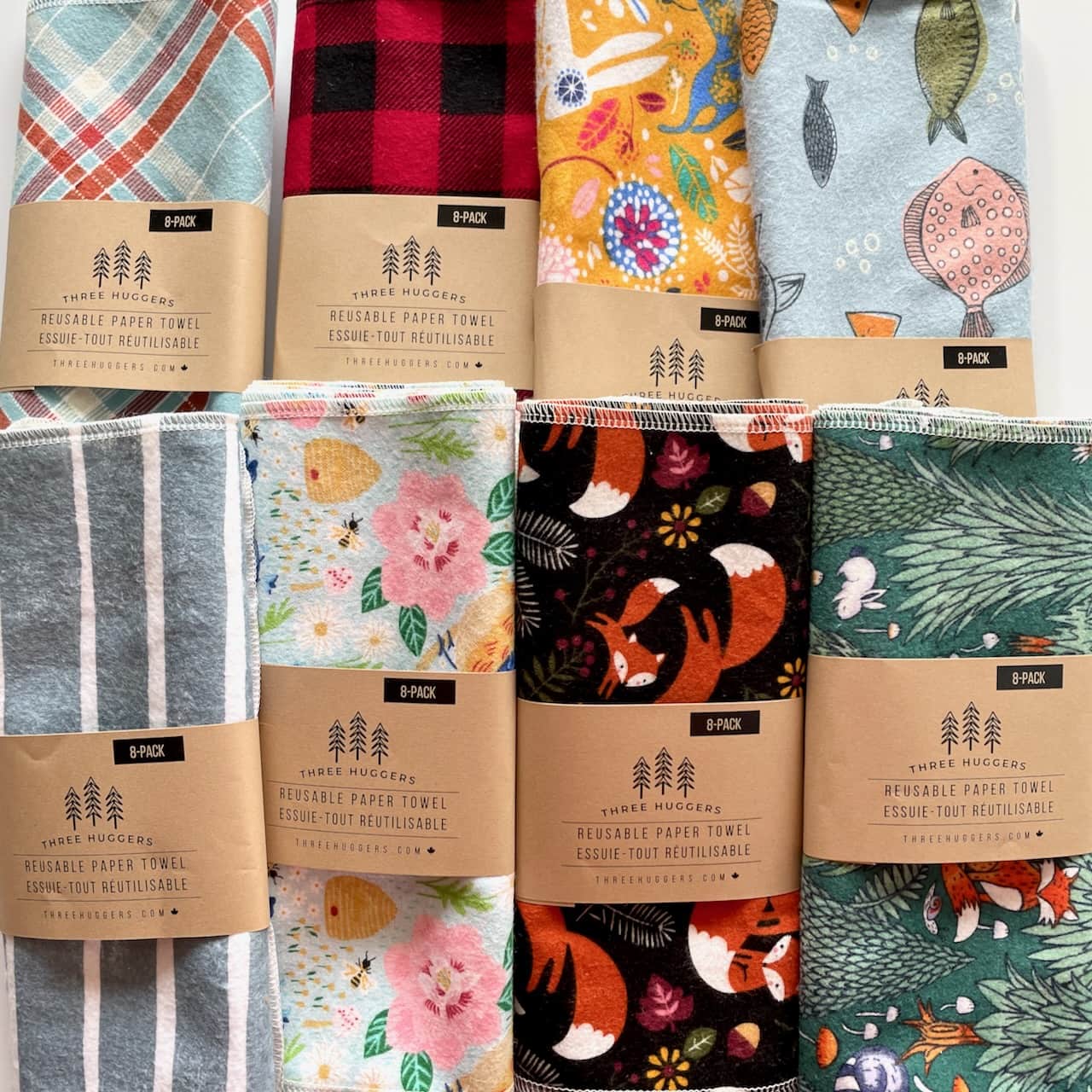Are you tired of dealing with messy, spill-prone liquid shampoos and conditioners? Have you considered trying out eco-friendly solid shampoo and conditioner bars? In this post, we'll explore what these bars are, why they're better than their liquid counterparts, and how to use them.
What are shampoo and conditioner bars?

Shampoo and conditioner bars are simply solid bars of hair care products that are typically made with natural and eco-friendly ingredients. They're designed to cleanse and condition your hair without the need for plastic packaging, which makes them a more sustainable alternative.
Many conventional liquid shampoos and conditioners contain harmful chemicals like sulfates, parabens, and synthetic fragrances. Shampoo and conditioner bars, on the other hand, are often made with natural ingredients like essential oils, plant extracts, and natural butters. When choosing a bar, look for ones that are free from sulfates, parabens, and other harsh chemicals.
How long do shampoo and conditioner bars last
It can vary based on the specific product, how frequently it is used and the length of the hair. However, a typical 80g shampoo bar can last for up to 80 washes, which is equivalent to three standard bottles of liquid shampoo. Conditioner bars may last even longer, as they are often used less frequently than shampoo.
Why are shampoo and conditioner bars better

- Environmentally friendly: Shampoo and conditioner bars are often sold without any plastic packaging, making them an eco-friendly choice. They also tend to last longer than liquid alternatives, which reduces waste.
- Travel-friendly: Solid bars are generally small and compact, making them easy to pack for trips. They are also less likely to spill or leak in your luggage.
- Cost-effective: While the initial purchase of a shampoo or conditioner bar may be more expensive than a bottle of liquid shampoo or conditioner, the bars tend to last longer, making them a more cost-effective choice in the long run.
- Natural ingredients: Shampoo and conditioner bars often contain natural ingredients that are gentler on the hair and scalp than the synthetic ingredients found in some liquid alternatives.
- No harsh chemicals: There are many shampoo and conditioner bars that are free of harsh chemicals such as sulfates, parabens, and silicones, making them a better choice for people with sensitive skin or allergies.
Why shampoo and conditioner bars might not be for everybody?
While shampoo and conditioner bars have many benefits, there are a few potential negatives to consider before making the switch.
Firstly, some people may find that the transition period from traditional liquid shampoo to shampoo bars takes a bit of getting used to. Your hair may feel different during this period and may even take a few washes to fully adjust to the new product.
Additionally, some shampoo and conditioner bars may not work well with hard water. Hard water contains minerals like calcium and magnesium, which can react with the ingredients in the bars and cause them to leave a residue on your hair. If you live in an area with hard water, you may need to do some research to find a bar that works well for you.
Finally, some people simply may not like the feel of using a bar to wash their hair. If you're someone who prefers the feeling of liquid shampoo, then a shampoo bar may not be the best choice for you.
How to use shampoo and conditioner bars?
Using shampoo and conditioner bars is simple. Wet your hair, then give the bar a few swirls across the top of your head. Massage the suds through your hair and scalp, and rinse as usual. This short video shows you just how quickly and how much a shampoo bar will lather, it is just as effective as their liquid alternative.
Allow the bars to drain and dry between uses. A typical 80g shampoo bar can last up to 100 washes, and conditioner bar will last even longer.
It's worth noting that there may be an adjustment period when switching to a shampoo or conditioner bar. Your hair and scalp may need time to adjust to the natural ingredients, and you may experience a greasy feeling at first. Stick with it, and your hair will thank you in the long run.
How to store shampoo and conditioner bars

Storing your shampoo and conditioner bar properly can help prolong its lifespan and prevent it from becoming mushy or disintegrating. Here are a few tips to keep in mind:
-
Keep it dry: After use, allow the bar to dry completely before storing it. You can place it on a soap dish with good drainage, a shower caddy with slats or a wire rack, or hang it up in a soap saver bag.
-
Keep it cool: High temperatures can cause the bar to melt or become too soft. Store it in a cool, dry place away from direct sunlight.
-
Keep it separate: If you're using both a shampoo and conditioner bar, keep them separate to prevent them from sticking together.
-
Travel storage: For travel, consider using a soap case or a resealable bag to keep the bar dry and easy to transport.
By following these simple tips, you can ensure that your shampoo and conditioner bar stays in good condition and lasts as long as possible.
If you're looking to make a more sustainable and eco-friendly choice for your hair care routine, shampoo and conditioner bars are definitely worth considering. They offer numerous benefits over traditional liquid hair care products and can help you reduce your plastic waste while caring for your hair with natural, safe ingredients.
Shop our solid shampoo and conditioner bars collection for the small batch vegan shampoo and conditioner bars.


